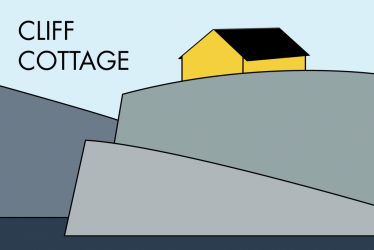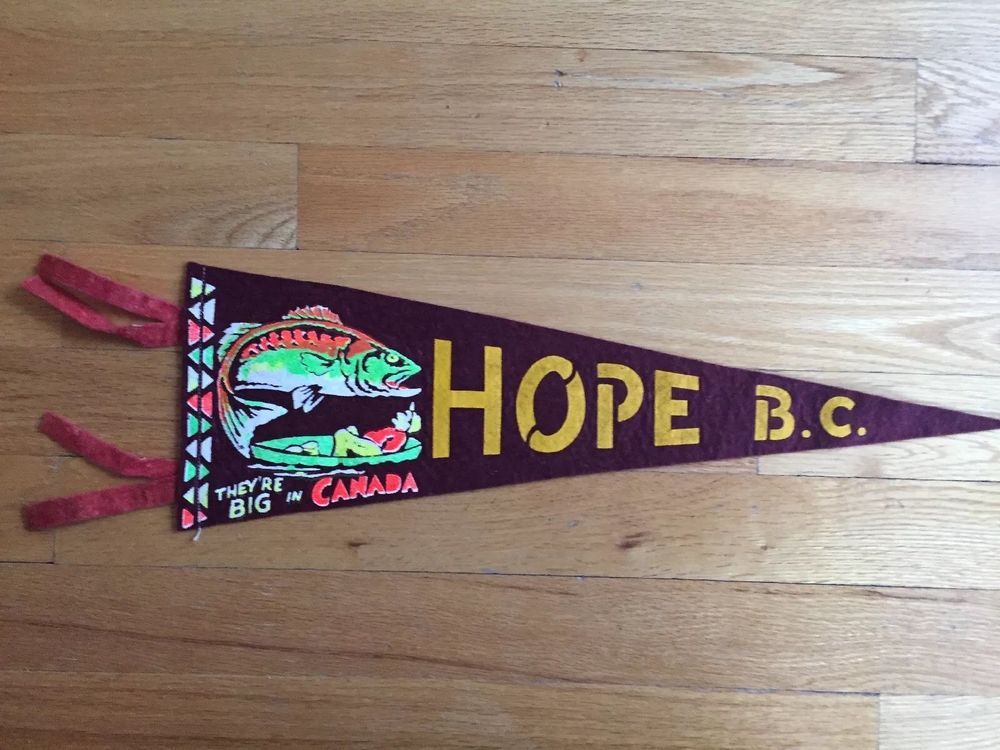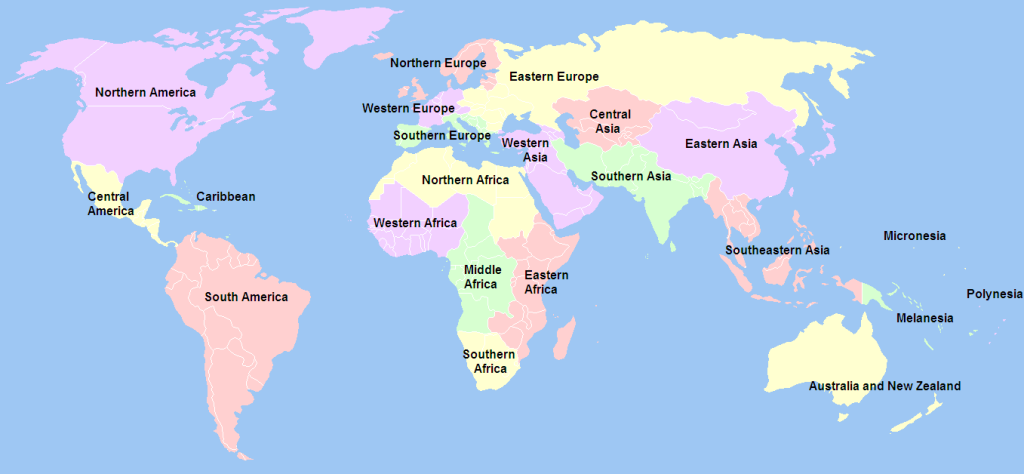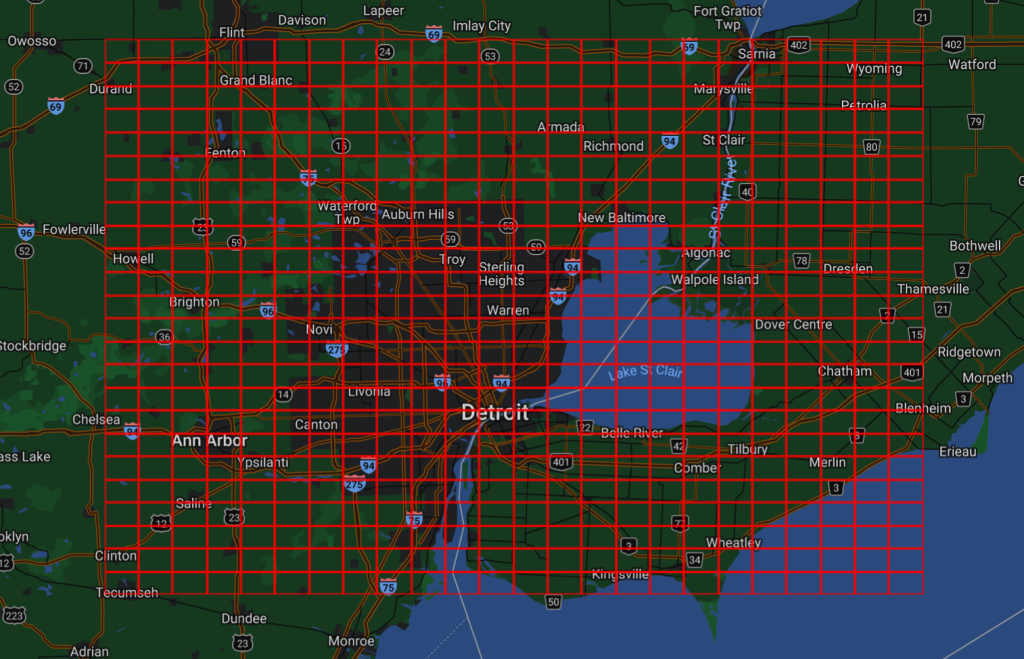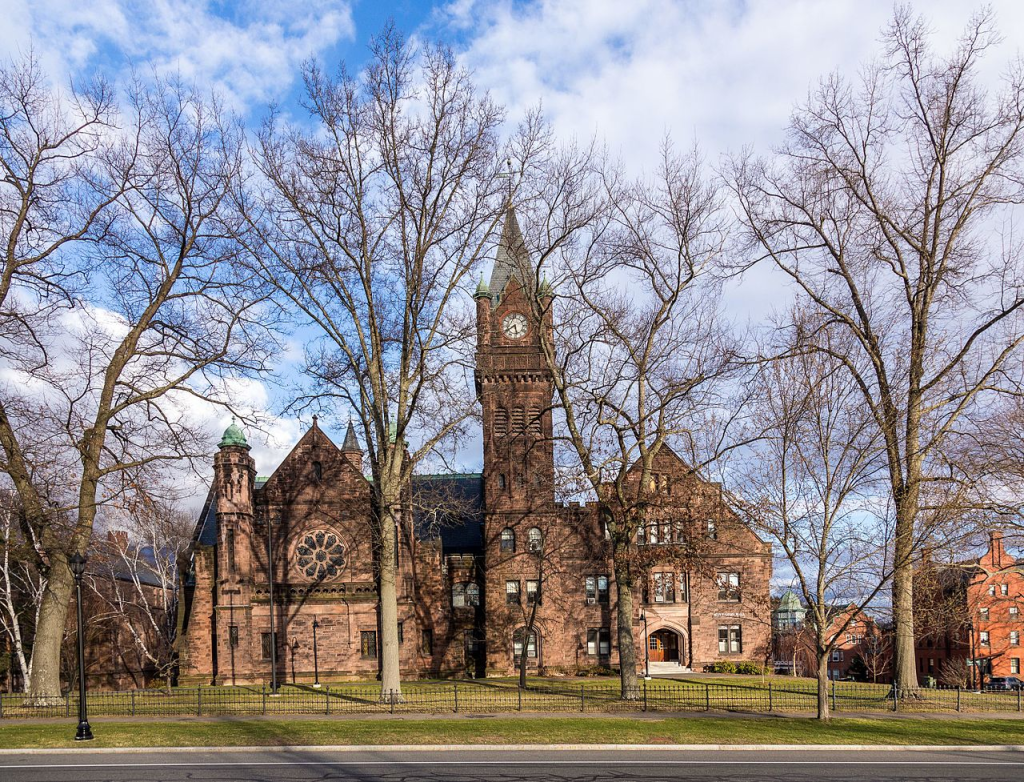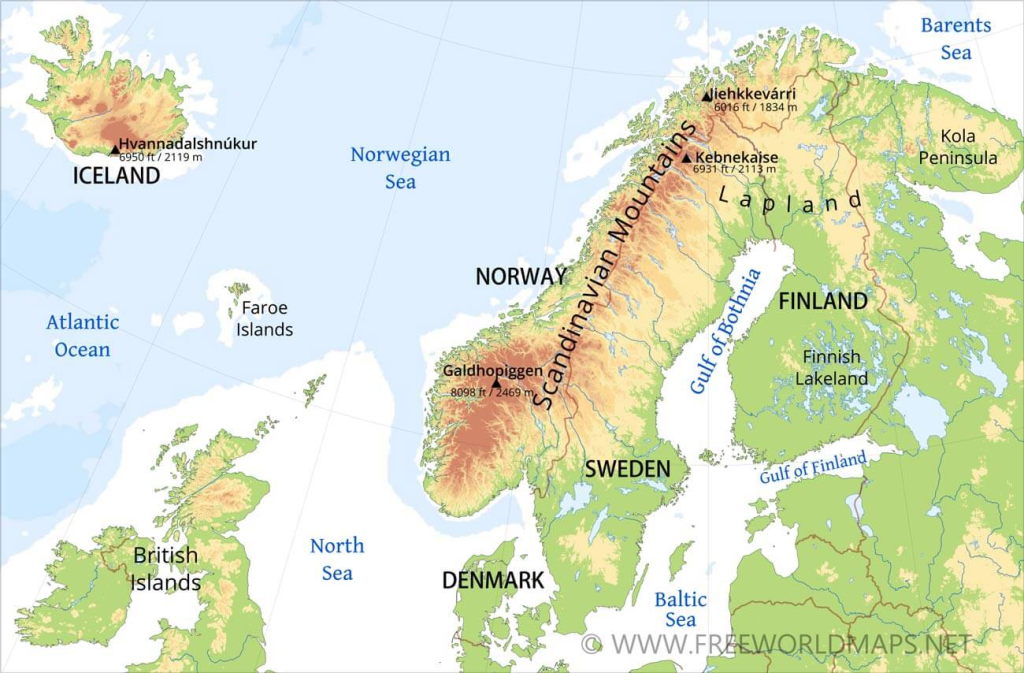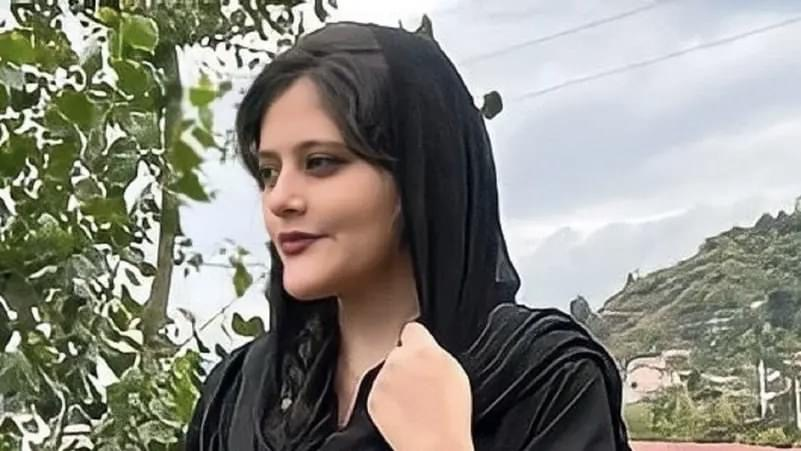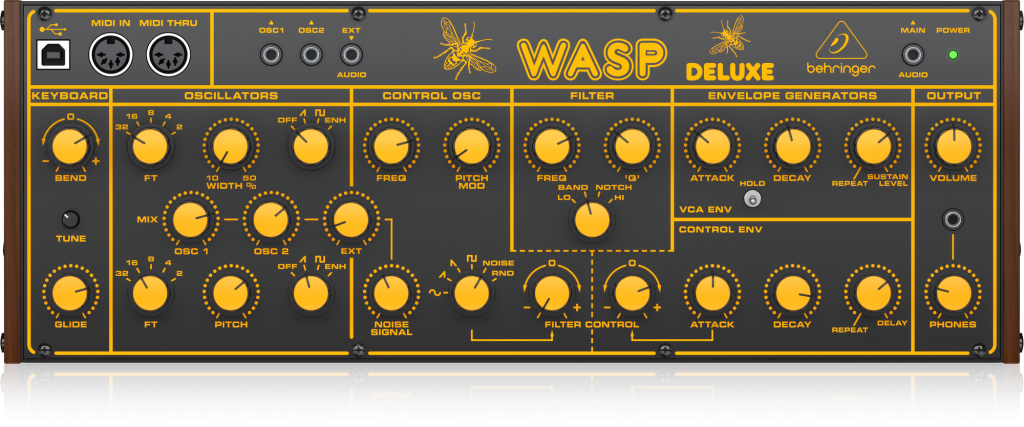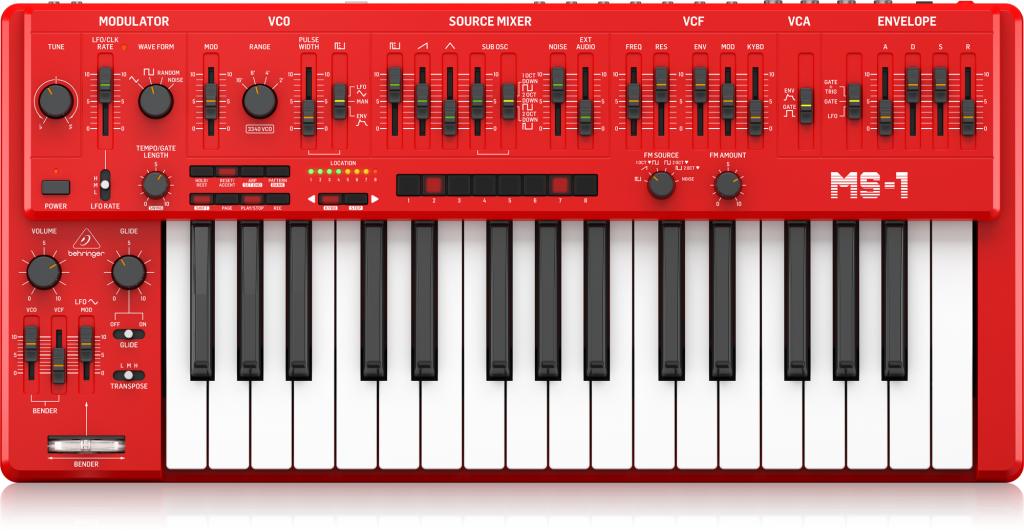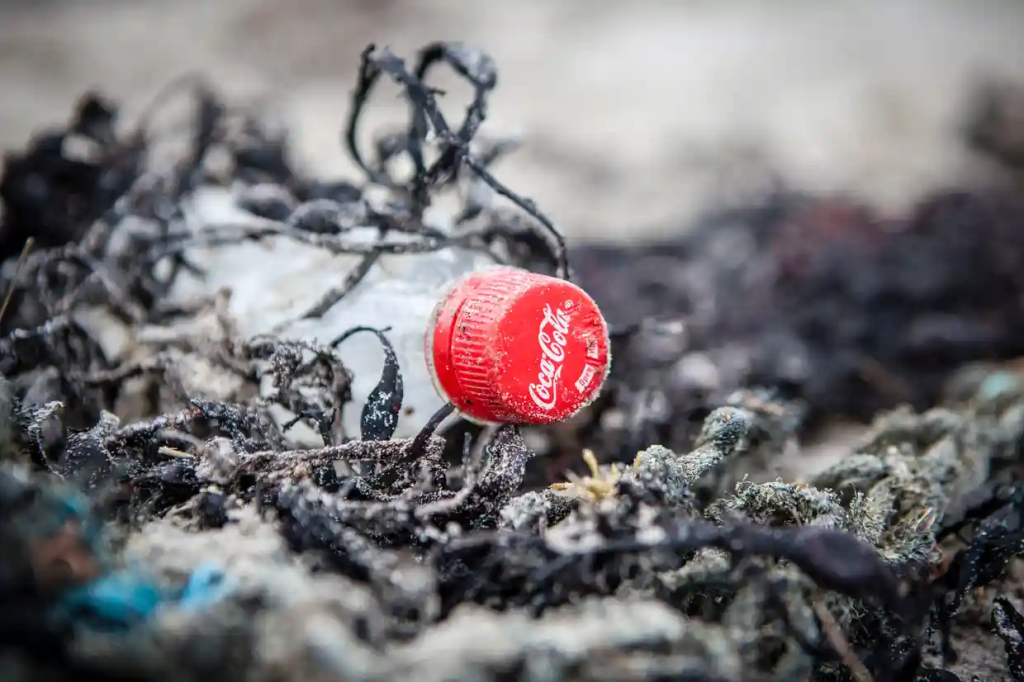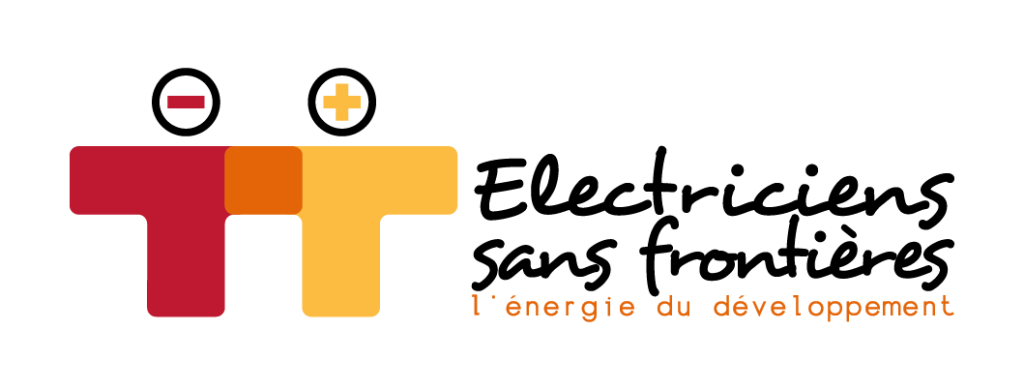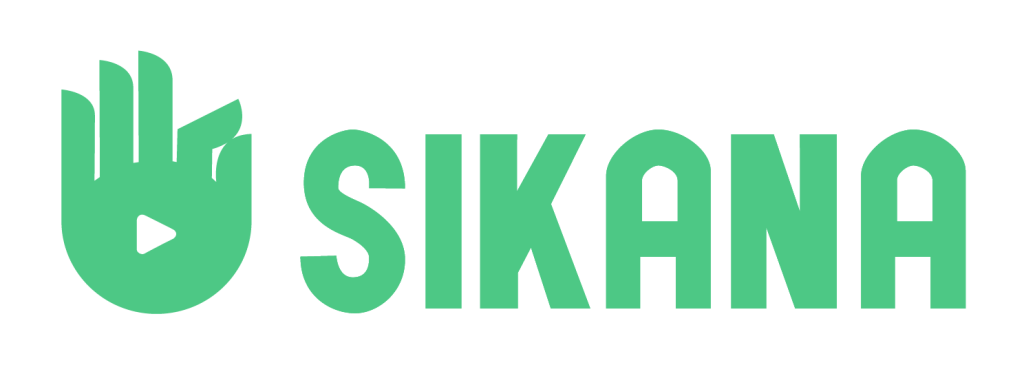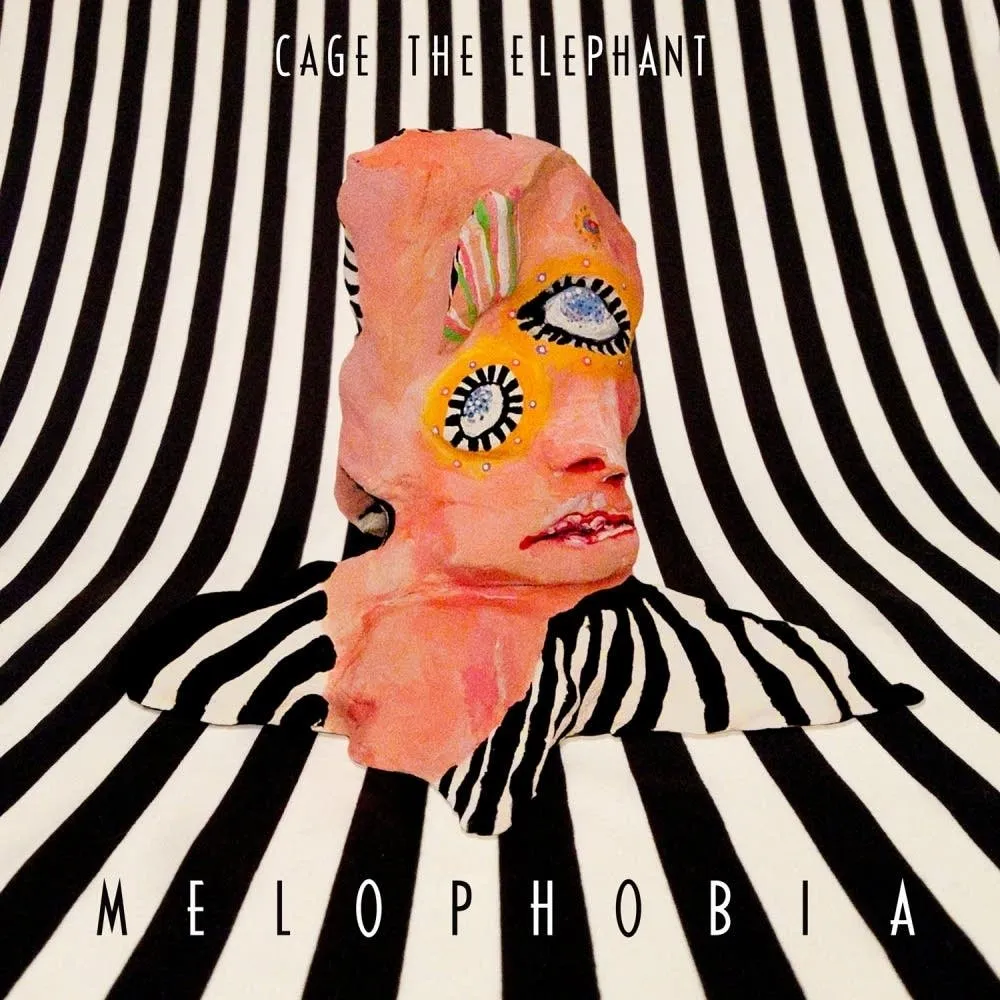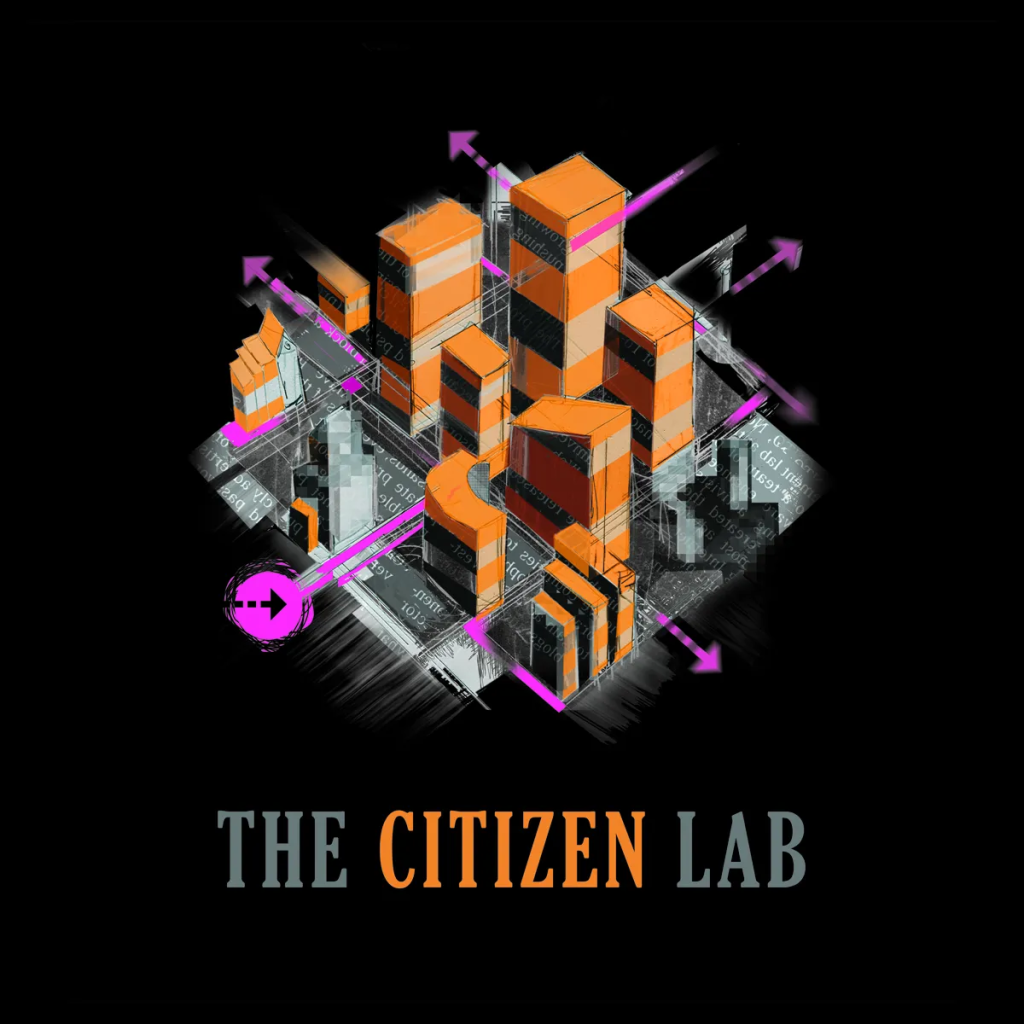
When this post was first envisioned, when writing Made Without Repression, in 2019, I was mainly concerned about developments in Hong Kong. Since then, the situation in other countries has revealed a greater need for insights into the challenge of censorship. It is easier to prepare for censorship before it happens, than after. That said, it is probably time for everyone, everywhere to prepare themselves for internet censorship.
Various organizations, with assorted mandates and disparate reasons, make lists of countries engaging in internet censorship and surveillance. Some of the counties currently on their Countries under surveillance list by Reporters sans frontières, (RSF) = Reporters without borders, include: Australia, France, South Korea, and Norway – the last one with a proviso that states that this only applies to metadata on traffic that crosses the Norwegian border. A more serious RFS list, introduced in 2006 and last updated in 2014, Enemies of the internet, is more important because: all of these countries mark themselves out not just for their capacity to censor news and information online but also for their almost systematic repression of Internet users. Of the twenty countries on this list at its 2014 update are: China, India, Iran, Russia, Saudi Arabia, United Kingdom, United States.
On 2013-12-13, RSF published a Special report on Internet Surveillance, with two new lists: 1) State Enemies of the Internet, countries whose governments are involved in active, intrusive surveillance of news providers, resulting in grave violations of freedom of information and human rights = Bahrain, China, Iran, Syria, and Vietnam. 2) Corporate Enemies of the Internet, companies that sell products that are liable to be used by governments to violate human rights and freedom of information = Amesys (France), Blue Coat Systems (U.S.), Gamma (UK and Germany), Hacking Team (Italy), and Trovicor (Germany).
Of course, not all people, organizations or companies exhorting free speech are sincere. Recently, the current CEO of Twitter has been encouraging free speech, at least for himself and a former president of the United States, but not necessarily for anyone else, especially those who express opposing views.
Thus, everyone should be preparing their own plan for managing an internet censorship situation. In addition, they may want to consider how they can help others already caught in one, such as people living in countries listed on the Enemies of the Internet, list.
There are many approaches to dealing with internet censorship, but an easy one is to become acquainted with Psiphon, an open-source Internet censorship circumvention tool, originally developed by the Citizen Lab in 2006.
The Citizen Lab, was founded in 2001, at the University of Toronto, Canada. It studies information controls that impact internet openness and security that threaten human rights. Computer-generated interrogation, data mining and analysis are combined with intensive field research, qualitative social science, and legal and policy analysis methods.
In 2007, Psiphon, Inc. was established as a Canadian corporation independent of the Citizen Lab and the University of Toronto. It uses a social network of trust model, to provide tools that offer internet access to people who live in censored countries. Psiphonode is server software that is easy to install, while psiphonite is client software, that is even easier. These products give ordinary people the opportunity to circumvent internet controls. The key is that the people involved have to trust each other.
Psiphon is currently engaged in developing/ maintaining two related projects: A cloud-based run-time tunneling system, and a cloud-based secure proxy system. Their original home-based server software is no longer supported. This software has been in development since 2006, initally with psiphonites from all over the world, including central Asia and the Middle East, accessing a test psiphonode server.
While the risk to psiphon users is never zero, if appropriate measures are taken, it is much safer than using any other method to visit a censored site. A psiphonite must connect to a unique, and traceable, IP address. Psiphon has been built to run as a private network connecting to home computers, where the connection information is never publicly disclosed. Encrypted psiphon messages are buried inside other commercial traffic.
The software uses a combination of secure communication and obfuscation technologies, including virtual private networks (VPN), secure shell protocol (SSH) = cryptographic network protocol for operating network services securely over an unsecured network. and a web proxy = an intermediary between a client requesting a service, and a server providing it. It is designed to protect the client, Psiphon is both centrally managed yet geographically diverse. It is a network of thousands of proxy servers, using a performance-oriented, single- and multi-hop routing architecture.
With Psiphon effectively out-sourced, the Citizen Lab has been able to concentrate on investigating situations where internet openness and security are restricted, and human rights are threatened. Notable reports include:
Tracking GhostNet (2009) documented a cyber espionage network of over 1 295 infected hosts in 103 countries between 2007 and 2009, with many high-value targets, including ministries of foreign affairs/ embassies/ international organizations/ news media/ NGOs.
Shadows in the Cloud (2010), documented an ecosystem of cyber espionage that compromised computer network systems for government/ business/ academia at the United Nations, as well as in India and other countries.
Million Dollar Dissident (2016), documented the tracking of Ahmed Mansoor, a human rights defender in the United Arab Emirates, with Pegasus software, developed by Israeli NSO Group.
My views are influenced by La Crise d’Octobre (1970-10-05 – 1970-12-28) that started when members of the Front de libération du Québec (FLQ) kidnapped the Quebec Labour Minister Pierre Laporte and British diplomat James Cross. Canadian Prime Minister Pierre Trudeau then invoked the War Measures Act for the first time in Canadian history during peacetime. This limited civil liberties and granted the police far-reaching powers. There were 3 000 searches, and 497 arrests. Everyone arrested was denied due process. Habeas corpus = an individual’s right to have a judge confirm that they have been lawfully detained, was suspended. The Government of Quebec also requested military aid to support the civil authorities, with Canadian Forces being deployed throughout Quebec. Canadian historian Desmond Morton (1937 – 2019) later wrote: “It was unprecedented. On the basis of facts then and revealed later, it was unjustified. It was also a brilliant success. Shock was the best safeguard against bloodshed.”
In the United States, four coordinated suicide terrorist attacks carried out by 19 al-Qaeda against the United States on Tuesday, 2001-09-11. The attacks killed nearly 3 000 people and instigated the Global War on Terrorism. Criticism of this war has focused on its morality, efficiency and cost. A 2021 Watson Institute for International and Public Affairs study concluded that the several post-9/11 wars have displaced at least 38 million people in Afghanistan, Pakistan, Iraq, Libya, Syria, Yemen, Somalia and the Philippines. It estimated these wars caused about 900 000 deaths and cost $8 trillion. Despite the U.S. Constitution and U.S. law prohibiting the use of torture, this became common practice.
More recently, on 2020-01-06, following Donald Trump’s defeat in the 2020 presidential election, a mob of his supporters attacked the United States Capitol Building in Washington, D.C., seeking to keep Trump in power by preventing a joint session of Congress from counting the electoral college votes to formalize the victory of Joe Biden. This was the seventh and last part of a plan by Trump to overturn the election.
These events show that democracy is not guaranteed anywhere, and that people have to be vigilant.
A Plan to prevent Internet Censorship
One of the first tasks a person can engage in, is to visit the Psiphon website. It claims that: Where other VPNs can not connect, Psiphon will find a way. These connections are free, built on leading edge, research driven security and network technologies. These services are designed to keep people connected. They provide everything from social media, to games, to voice over internet protocol (VOIP) = a telephone service based on the internet, Psiphon is designed to help people access online content and services they appreciate, even if they are blocked by the authorities.
Once these internet connections are in place, it is much easier to provide content to people. My intention is that in 2023, I will set up a website, possibly mist.mclellan.no, but more likely an equivalent website with a more neutral name, that will be able to house courses/ lectures/ labs on technical subjects that will be freely available to people anywhere in the world. I specifically think about political hotspots of the world, currently: Hong Kong, Iran, Ukraine. It is not something I can do alone, since I have no knowledge of Cantonese or Farsi. My knowledge of Ukrainian is so elementary that it is of no practical use. Thus, I hope content can be translated by others, potentially learners who have a good understanding of English.
It would be interesting to know what other people feel they can contribute. They can send me an email at first name @ last name.no, where the first and last names are found as the name of this weblog.

